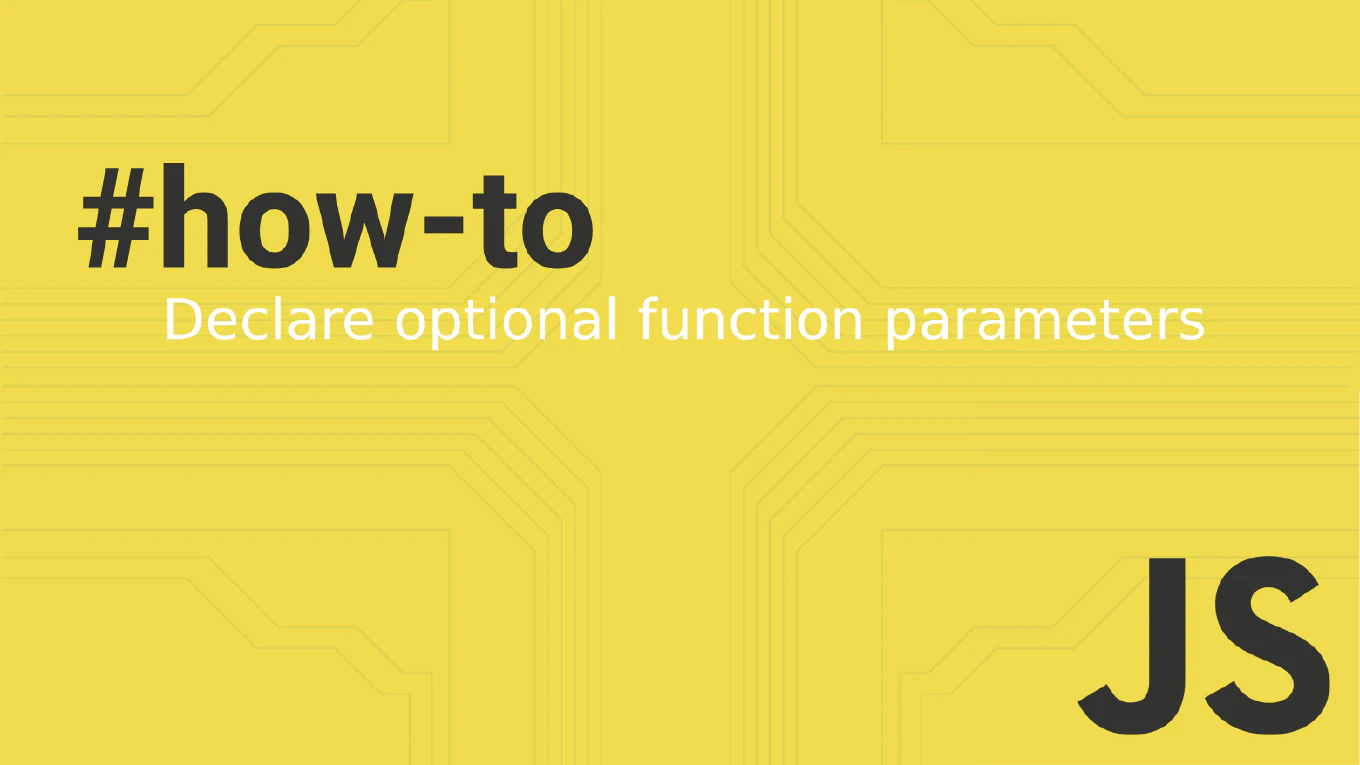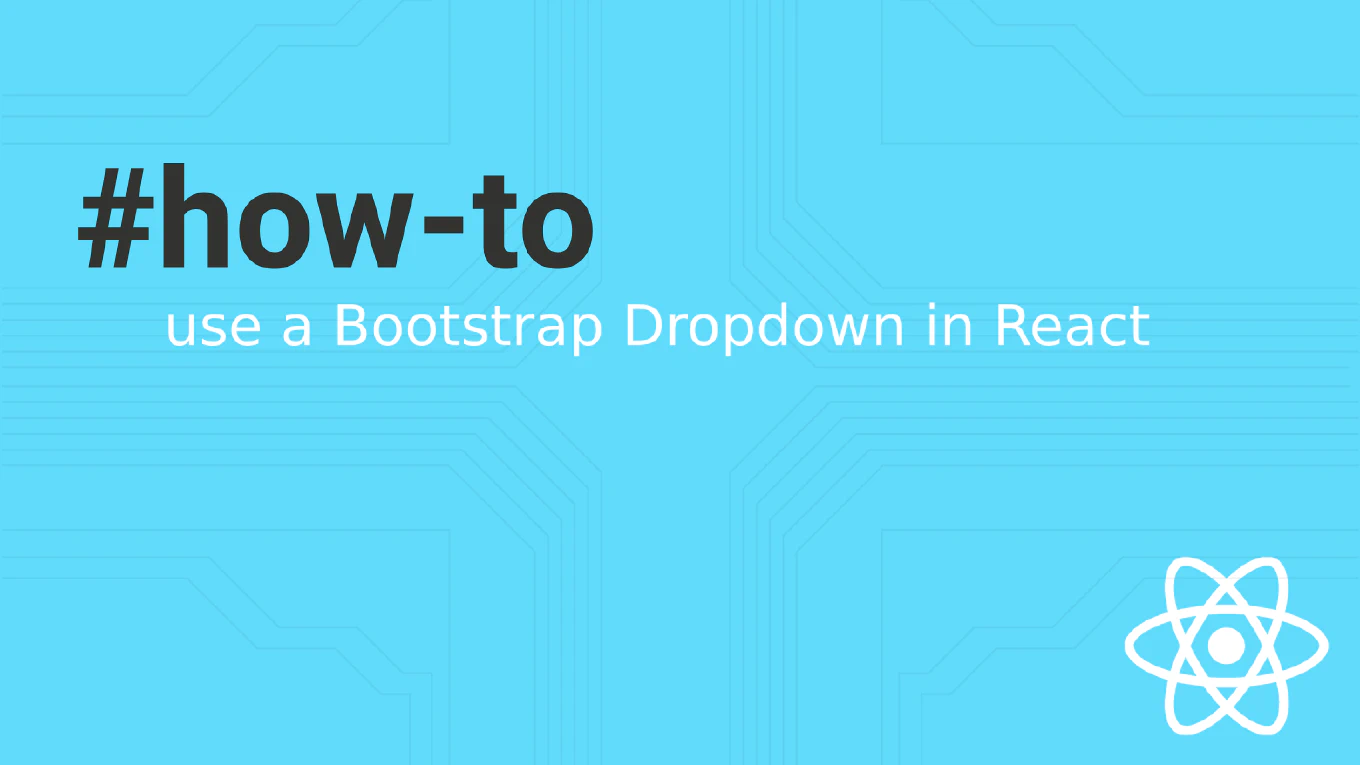How to validate password strength in React
Validating password strength in React ensures users create secure passwords by implementing multiple security criteria with real-time feedback and visual strength indicators. As the creator of CoreUI with extensive React experience since 2014, I’ve built password validation systems for enterprise applications requiring robust security standards and user guidance. The most effective approach uses multiple validation rules with dynamic scoring and visual feedback to guide users toward creating strong, secure passwords. This method provides comprehensive security validation while maintaining excellent user experience through progressive disclosure and helpful feedback.
How to validate email in React form
Validating email addresses in React forms ensures data integrity and prevents invalid submissions while providing immediate user feedback for better form experience. As the creator of CoreUI with extensive React experience since 2014, I’ve implemented email validation in countless enterprise applications for user registration and contact forms. The most reliable approach uses regex pattern matching combined with real-time validation state management for instant visual feedback and error messaging. This method provides comprehensive validation while maintaining excellent user experience through immediate feedback and accessible error handling.
How to use React Hook Form
Using React Hook Form provides highly performant form handling with minimal re-renders and excellent TypeScript support for modern React applications.
As the creator of CoreUI with extensive React experience since 2014, I’ve implemented React Hook Form in performance-critical enterprise applications for optimal user experience and developer productivity.
The most effective approach uses the useForm hook with register method for input handling and built-in validation rules for comprehensive form management.
This method delivers superior performance through uncontrolled components while maintaining clean, declarative form logic with minimal boilerplate code.
How to use Formik in React
Using Formik in React simplifies complex form handling by providing built-in state management, validation, and error handling with minimal boilerplate code.
As the creator of CoreUI with extensive React experience since 2014, I’ve implemented Formik in numerous enterprise applications for robust form management and user data collection.
The most efficient approach uses Formik’s useFormik hook to handle form state, validation, and submission in a clean, declarative manner.
This method provides comprehensive form functionality while maintaining excellent performance and developer experience for complex form scenarios.
How to create a form with validation in React
Creating forms with validation in React ensures data quality and provides immediate feedback to users about input errors and requirements. As the creator of CoreUI with extensive React development experience since 2014, I’ve built countless validated forms in enterprise applications for user registration and data collection. The most reliable approach uses controlled components with state-based validation that checks inputs in real-time. This pattern provides immediate user feedback while maintaining full control over form behavior and submission logic.
How to show validation errors in Angular forms
Displaying validation error messages in Angular forms provides clear feedback to users about input requirements and validation failures. As the creator of CoreUI with over 11 years of Angular development experience, I’ve implemented comprehensive form validation systems in numerous enterprise applications. From my expertise, the most effective approach is checking form control errors in templates and displaying contextual error messages based on specific validation failures. This pattern ensures users understand exactly what needs to be corrected for successful form submission.
How to use controlled components in React
Using controlled components in React provides complete control over form state, enabling validation, dynamic behavior, and predictable data flow. With over 25 years of experience in software development and as the creator of CoreUI, I’ve implemented controlled components extensively in enterprise forms and complex user interfaces. From my expertise, the most reliable approach is managing form values in React state and using onChange handlers to update state on user input. This pattern ensures React is the single source of truth for form data, enabling powerful features like real-time validation and conditional rendering.
How to create custom validators in Angular
Creating custom validators enables specialized validation logic that goes beyond Angular’s built-in validators for business-specific requirements. With over 25 years of experience in software development and as the creator of CoreUI, I’ve built countless custom validators for enterprise applications and complex business rules. From my expertise, the most reliable approach is creating validator functions that return validation error objects or null for valid inputs. This pattern provides flexible, reusable validation logic that integrates seamlessly with Angular’s reactive forms system.
How to use built-in validators in Angular
Using Angular built-in validators provides robust form validation with minimal code, ensuring data quality and user experience consistency. As the creator of CoreUI with over 11 years of Angular development experience, I’ve implemented form validation extensively in enterprise applications and component libraries. From my expertise, the most effective approach is using Angular’s built-in validators with reactive forms for comprehensive validation coverage. These validators handle common validation scenarios while providing clear error feedback and accessibility support.
How to check if a variable is an array in JavaScript
Checking if a variable is an array is essential for type validation, data processing, and preventing runtime errors when working with different data types.
With over 25 years of experience in software development and as the creator of CoreUI, I’ve implemented array type checking extensively in data transformation functions, component prop validation, and API response handling.
From my expertise, the most reliable approach is using the Array.isArray() method which provides accurate array detection regardless of the object’s origin.
This method overcomes the limitations of typeof and instanceof operators for robust array identification.



